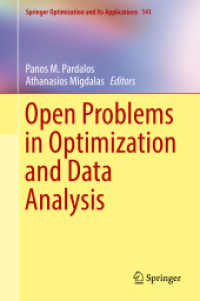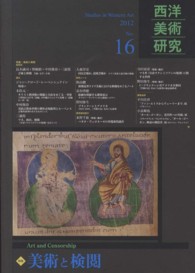Full Description
The week-long Allied bombing campaign against Hamburg in late July 1943 was not only hugely destructive but also had a significant impact on the German night fighter arm. From now on, the "boxes" of Kammhuber's "Raumnachtjagd" would be the starting point from which fighters would be led into the bomber stream as early as possible, a tactic dubbed "Zahme Sau." The night fighters had to quickly adopt new "freelance" procedures, and also found themselves increasingly engaged in daylight operations. These actions resulted in heavy losses—especially of experienced aces—which the Nachtjagd could ill afford and struggled to replace.
The winter of 1943/44 saw a series of huge raids on Berlin. Although hard pressed, the Nachtjagd aces were still able to score some heavy tactical victories. Over a thousand RAF "Viermots" were shot down—more than double the expected losses—before the campaign was cut short. New night fighter aces emerged, often former transport and reconnaissance pilots, and the upward firing armament of the Bf 110s and Ju 88s could cut swathes through the "stream." However, by mid-1944, as the Allies advanced, the night fighter aces were forced into new roles, including ground-strafing armor and troop concentrations, a role for which they were clearly unsuited. A small number of Me 262 jets were deployed in a new NJG 11, but exclusively committed against the rapid twin-engined Mosquitos of the RAF's Light Night Striking Force. Heinkel He 219s were never available in significant numbers and prowling Mosquito intruders were an ever-present danger to Nachtjagd crews.
While the surviving night fighter aces continued their defensive actions virtually every night, by March 1945 the Nachtjagd was in terminal decline. Of the 1,100 night fighter pilots and crew who claimed at least one victory, some 669 were lost, a casualty rate of around 74 percent.
Fully illustrated and featuring newly translated personal accounts, this is a chronological account of the Luftwaffe night fighters in the second part of the war, covering major campaigns, the biographies of individual aces, and the details of their aircraft.








